[1] https://www.zucara.ca/investors-and-partners
[2] https://www.geneonline.com/novartis-invests-745m-to-compete-with-bms-and-lilly-in-the-radiopharma-race
[3] Kumar, Ujendra, and Michael Grant. "Somatostatin and somatostatin receptors." Cellular peptide hormone synthesis and secretory pathways (2009): 97-120.
[4] Kumar, Ujendra, et al. "Subtype-selective expression of the five somatostatin receptors (hSSTR1-5) in human pancreatic islet cells: a quantitative double-label immunohistochemical analysis." diabetes 48.1 (1999): 77-85.
[5] Guillermet-Guibert, J., et al. "Physiology of somatostatin receptors." J Endocrinol Invest 28.11 (2005): 5-9.
[6] Gueorguiev, Maria, and Ashley B. Grossman. "A new therapeutic era for pituitary tumors." Nature Reviews Endocrinology 7.2 (2011): 71-73.
[7] Franko‐Tobin, Laura G., et al. "Notch1‐mediated tumor suppression in cervical cancer with the involvement of SST signaling and its application in enhanced SSTR‐targeted therapeutics." The Oncologist 17.2 (2012): 220-232.
[8] Elliott, David E., et al. "SSTR2A is the dominant somatostatin receptor subtype expressed by inflammatory cells, is widely expressed and directly regulates T cell IFN‐γ release." European journal of immunology 29.8 (1999): 2454-2463.
[9] Zhang Limeng., et al. "Physicochemical properties and bioinformatics analysis of Somatostatin Receptor 2." Guangxi Normal University Journal of Guangxi Normal University ( Natural Science Edition ): 2022.
[10] Ishida, Akiharu, et al. "Discovery and SAR Studies of Orally Active Somatostatin Receptor Subtype-2 (SSTR2) Agonists for the Treatment of Acromegaly." ACS chemical neuroscience 11.10 (2020): 1482-1494.
[11] Piqueras, Laura, and Vicente Martínez. "Role of somatostatin receptors on gastric acid secretion in wild-type and somatostatin receptor type 2 knockout mice." Naunyn-Schmiedeberg's archives of pharmacology 370.6 (2004): 510-520.
[12] Si, Yingnan, et al. "Anti-SSTR2 antibody-drug conjugate for neuroendocrine tumor therapy." Cancer gene therapy 28.7 (2021): 799-812.
[13] Lehman, Jonathan M., et al. "Somatostatin receptor 2 signaling promotes growth and tumor survival in small‐cell lung cancer." International journal of cancer 144.5 (2019): 1104-1114.
[14] Cakir, Mehtap, Dorota Dworakowska, and Ashley Grossman. "Somatostatin receptor biology in neuroendocrine and pituitary tumours: part 1–molecular pathways." Journal of cellular and molecular medicine 14.11 (2010): 2570-2584.
[15] Ben-Shlomo, Anat, and Shlomo Melmed. "Pituitary somatostatin receptor signaling." Trends in Endocrinology & Metabolism 21.3 (2010): 123-133.
[16] Eychenne, Romain, et al. "Overview of radiolabeled somatostatin analogs for cancer imaging and therapy." Molecules 25.17 (2020): 4012.
[17] Gustafsson, Bjorn I., et al. "Bronchopulmonary neuroendocrine tumors." Cancer 113.1 (2008): 5-21.
[18] Righi, Luisella, et al. "Somatostatin receptor tissue distribution in lung neuroendocrine tumours: a clinicopathologic and immunohistochemical study of 218 ‘clinically aggressive’cases." Annals of Oncology 21.3 (2010): 548-555.
[19] Cracolici, Vincent, et al. "SSTR2 expression in olfactory neuroblastoma: clinical and therapeutic implications." Head and neck pathology 15.4 (2021): 1185-1191.
[22] Vieria Neto, Leonardo, et al. "ZAC1 and SSTR2 are downregulated in non-functioning pituitary adenomas but not in somatotropinomas." PloS one 8.10 (2013): e77406.
[21] Kouch-el Filali, Mariam, et al. "Expression of the SST receptor 2 in uveal melanoma is not a prognostic marker." Graefe's Archive for Clinical and Experimental Ophthalmology 246.11 (2008): 1585-1592.
[22] Woelfl, S., et al. "Expression of somatostatin receptor subtype 2 and subtype 5 in thyroid malignancies." Nuklearmedizin-NuclearMedicine 53.05 (2014): 179-185.
[23] de Oliveira Silva, Camila Batista, et al. "Expression of somatostatin receptors (SSTR1-SSTR5) in meningiomas and its clinicopathological significance." International Journal of Clinical and Experimental Pathology 8.10 (2015): 13185.
[24] Kharmate, Geetanjali, et al. "Inhibition of tumor promoting signals by activation of SSTR2 and opioid receptors in human breast cancer cells." Cancer Cell International 13.1 (2013): 1-13.
[25] WANG, Xiao-you, Nan-zheng ZHANG, and Xing-song JIANG. "The expression of SSTR subtypes 2 and 5 and their clinical significance in human gastric cancers." Acta Academiae Medicinae Xuzhou (2007).
[26] Dimitrakopoulou-Strauss, Antonia, et al. "Quantitative assessment of SSTR2 expression in patients with non-small cell lung cancer using68Ga-DOTATOC PET and comparison with18F-FDG PET." European journal of nuclear medicine and molecular imaging 33.7 (2006): 823-830.
[27] Yu, Benxia, et al. "Clinical importance of somatostatin receptor 2 (SSTR2) and somatostatin receptor 5 (SSTR5) expression in thyrotropin-producing pituitary adenoma (TSHoma)." Medical Science Monitor: International Medical Journal of Experimental and Clinical Research 23 (2017): 1947.
[28] Kasuki, Leandro, et al. "Ki-67 is a predictor of acromegaly control with octreotide LAR independent of SSTR2 status and relates to cytokeratin pattern." Eur J Endocrinol 169.2 (2013): 217-223.

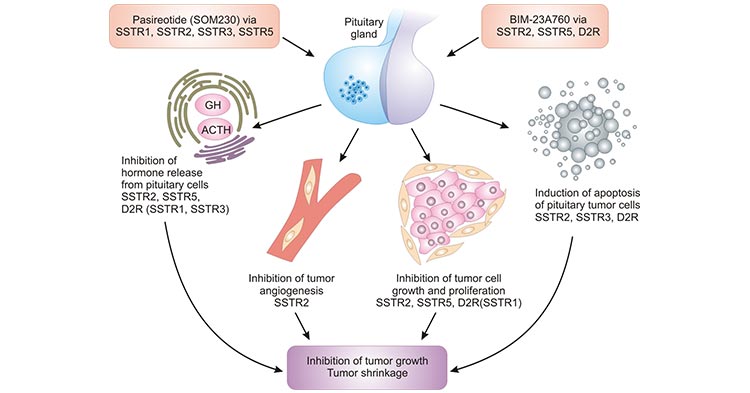
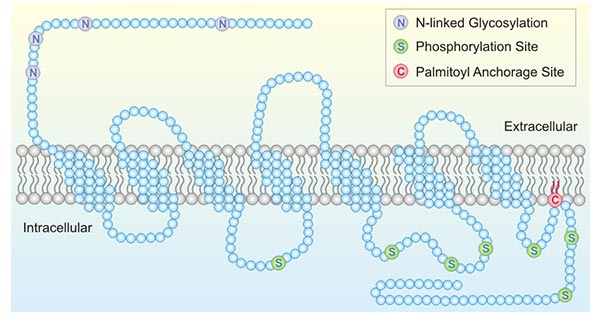
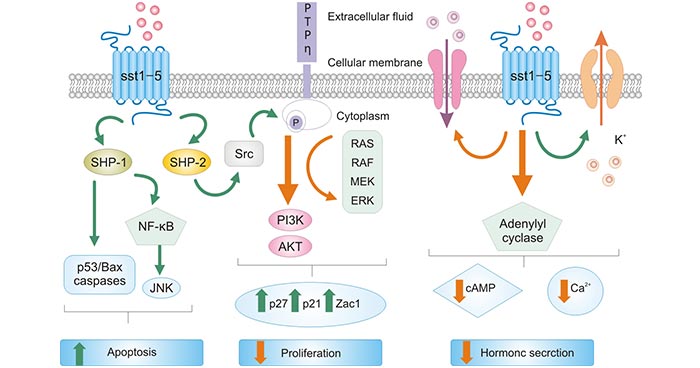

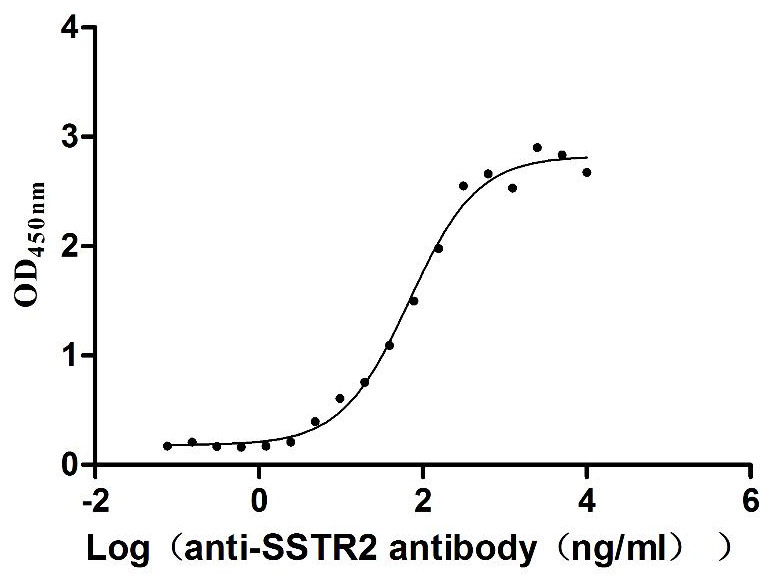
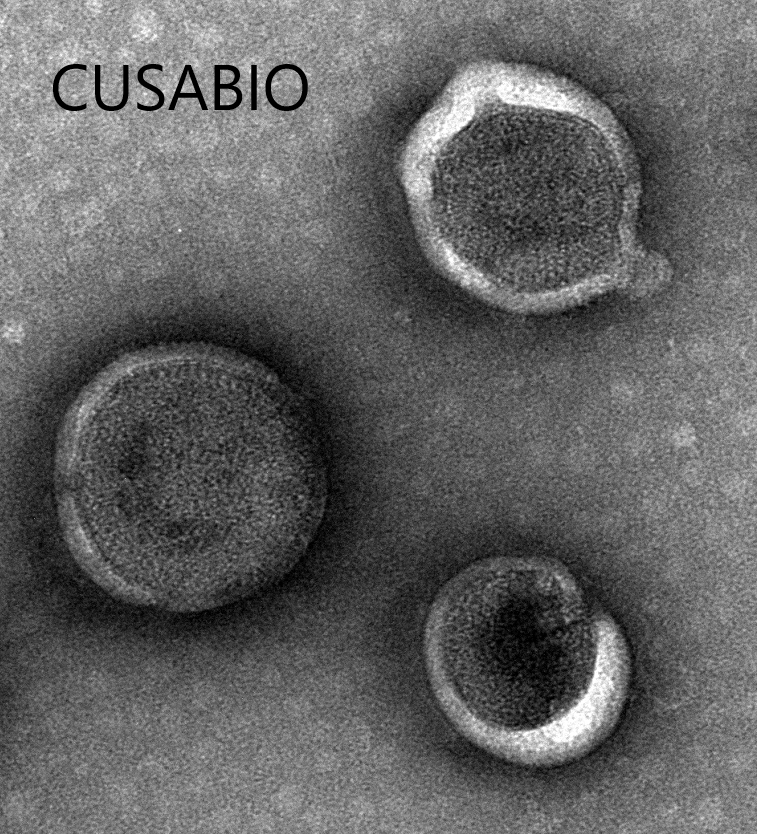
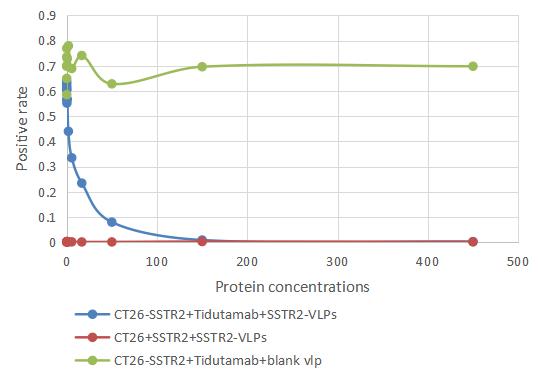



Comments
Leave a Comment